Final article: Towards sustainable development
The DTM experienced a season of scorching sun, a season of rising water, harsh climate, and acidic soil, which are now just memories. The acidic soil of the past has now become a rich "gold mine" and continues to grow sustainably. However, to develop in accordance with the planned orientation requires the cooperation of all levels, sectors, and above all, the sense of responsibility and consensus of each local resident. The journey to create a bright future for the DTM continues...
Lessons from planning disruption
The fact that people are massively "breaking the planning fence" and spontaneously switching to brackish water shrimp farming in the fresh water area of the DTM is a "hot" issue. From the initial small and scattered areas, up to now, the "fever" of shrimp farming has spread, increasing the total farming area to more than 500 hectares with more than 1,400 ponds. However, through the review process of all levels and sectors, up to 70% of shrimp farming households are suffering losses, only the remaining 30% are making profits but not high. Up to now, up to half of the shrimp farming ponds have fallen into a state of "suspended ponds" and abandoned, showing the lack of sustainability and high risks of this spontaneous model.
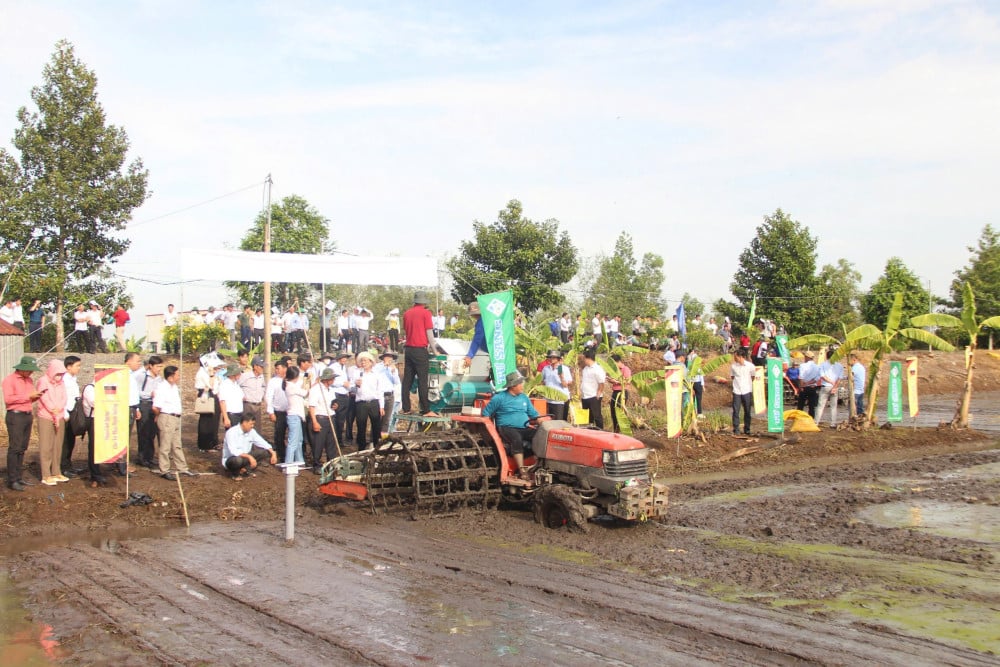
The Project on Sustainable Development of 1 million hectares of high-quality and low-emission rice cultivation associated with green growth in the Mekong Delta by 2030 opens a new direction for people in the Dong Thap Muoi region.
From the above figures, it must be frankly acknowledged that spontaneous brackish water shrimp farming has led to serious consequences. It is not only a violation of the overall planning of the region but also leads to a series of other problems such as water and soil pollution due to shrimp farming waste or salinization of freshwater areas used for rice cultivation, the increasing risk of organic poisoning and the uncontrollable outbreak of shrimp diseases, etc.
What is even more alarming is that illegal shrimp ponds have encroached on high-quality rice areas, potentially causing heavy losses to rice farmers.
Mr. Vo Van Hung (Thuan Nghia Hoa commune, Thanh Hoa district) regretfully said: “Hearing people say that shrimp farming is several times more profitable than rice farming, I immediately dug a pond and brought in salt water to raise shrimp. Who would have thought that after raising shrimp for several crops in a row, each crop resulted in a loss, and the debt piled up to several hundred million dong. Now I want to go back to growing rice like before, but I can't!”
The story of spontaneous brackish water shrimp farming in the Mekong Delta seems to have no end because there are still many impatient farmers who do not carefully study the planning and characteristics of each region. Remember, before the brackish water shrimp "fever", there was a time when everyone rushed to dig ponds to raise catfish fry with the dream of quickly changing their lives. It was the massive development, regardless of the recommendations of local authorities, that led to the situation where the supply of catfish fry far exceeded the actual demand. And then when the price of commercial catfish on the market decreased, the catfish fry farming profession also died out. After a short time, many households had to fill up their ponds and return to traditional rice cultivation. There were even many households who could no longer afford to fill up their ponds and had to sell their land to pay off their debts, and their lives fell into a difficult situation.
Like many other farmers who have been caught in the "rut" of the "fence-breaking" story in the DTM, Mr. Bui Van Son (Nhon Ninh commune, Tan Thanh district) recalls: "At that time, my family had 5,000m2 of rice land. Seeing that people were raising catfish fry with profits 20 times higher than growing rice, I followed suit. The first one or two crops were profitable, but from the third crop onwards, it was all losses. I lost too much, had no more capital, so I borrowed from the bank with the hope of "recovering" it, but unexpectedly, I continued to lose money, so I had to sell the land to pay off the debt, and my husband and I went to work for a living."
According to former Director of the Provincial Agricultural Extension Center - Nguyen Thanh Tung, raising brackish water shrimp in the middle of fresh water is very dangerous, salt water will seep into neighboring areas. This greatly affects rice productivity because when there is salinity, there is a situation of many empty rice plants.
In the case of land dug for shrimp farming, it is very difficult to return to rice cultivation, it takes many years to renovate. Particularly for the area dug for breeding catfish fry, renovating is easier than raising white-leg shrimp because people only need to fill the pond, add organic fertilizer, biological products to re-cultivate bacteria in the soil, but it takes several years for productivity to return to normal.
Towards sustainable development
Deputy Director of the Department of Agriculture and Environment - Dinh Thi Phuong Khanh said that in recent times, the province's Dong Nai area has implemented many programs and projects: Filling Dong Nai area; People's livelihood in flood-prone areas;... and most recently, the Program for Developing High-Tech Agriculture in association with restructuring the Agricultural sector on rice; Pilot project to build fruit tree material areas in Dong Nai area; Project for Sustainable Development of 1 million hectares of high-quality and low-emission rice cultivation associated with green growth in the Mekong Delta region by 2030;...
Dong Thap Muoi today is a place where many types of fruit trees grow, bringing stable income to the people.
The overarching goal of these programs and projects is to transform people's production thinking from traditional, fragmented farming to strong application of science and technology in production.
At the same time, building large-scale, concentrated raw material areas to meet domestic consumption needs and export orientation, thereby increasing the value of local agricultural products, improving income and quality of life for people - Ms. Dinh Thi Phuong Khanh emphasized.
The Project on Sustainable Development of 1 million hectares of high-quality and low-emission rice cultivation associated with green growth in the Mekong Delta by 2030 is being implemented in the districts of Tan Hung, Vinh Hung, Moc Hoa, Tan Thanh, Thanh Hoa, Thu Thua and Kien Tuong town. The project is divided into 2 phases: Phase 1 from 2024-2025 focuses on achieving 60,000 hectares of rice cultivation in the Vietnam Sustainable Agricultural Transformation Project (abbreviated as VnSAT) and the province's high-tech rice area; Phase 2 continues to expand to reach 125,000 hectares of high-quality and low-emission rice cultivation in the province.
After the implementation period, by March 2025, the province will preside over the implementation of 8 pilot models with a total area of over 121 hectares. In addition to the provincial pilot model, localities in the region will also preside over the implementation of 5 pilot models with a total area of over 146 hectares.
Director of Hung Tan Agricultural Service Cooperative, Tan Hung district - Ngan Van Phi shared: “Participating in the model, farmers reduce the amount of seeds sown from 120kg to 70kg/ha; reduce the labor of rice planting by about 1 million VND/ha; reduce 3 times of spreading fertilizer and spraying pesticides;... The total production cost of the model is about 21.3-22.1 million VND/ha, lower than outside the model by 1.5-1.7 million VND/ha. Selling at 8,450 VND/kg, the profit is from 21-28 million VND/ha, higher than outside the model by nearly 7 million VND/ha”.
In addition to the vast rice fields, recently, some new fruit growing areas have been established in the DTM and have initially brought about economic efficiency. However, consumption is still limited due to small-scale production, lack of concentration and close connection between farmers and cooperatives. In response to this situation, the Pilot Project to build fruit material areas in the DTM has been implemented.
The main objective of the project is to create large-scale fruit production areas, focusing on the application of scientific and technical advances; at the same time, build sustainable links between cooperatives, cooperative groups with processing and consumption enterprises, and develop the fruit growing industry sustainably in this area.
According to information from the Department of Agriculture and Environment, the total area of fruit trees in the districts participating in the project is about 5,642 hectares, an increase of 1,676 hectares compared to the area in 2021. On average, the profit from jackfruit, durian, and coconut trees is from 200-500 million VND/ha/year.
Mr. Huynh Cong Men (Khanh Hung commune, Vinh Hung district) confided: “The border area is a hilly area with low rice productivity, so I switched to growing coconuts. Growing coconuts requires little care, low investment costs, and you can start harvesting fruit after 18 months. After 1 year of harvesting fruit, I recover my capital, with an average profit of about 60 million VND/year.”
Ms. Dinh Thi Phuong Khanh added: "In the coming time, the industry will advise the Provincial People's Committee to organize a summary of the implementation of the High-tech Agricultural Development Program associated with restructuring the agricultural sector on rice to evaluate experiences and create a foundation to continue effectively implementing the Project on Sustainable Development of 1 million hectares of high-quality and low-emission rice cultivation associated with green growth in the Mekong Delta region by 2030.
Focus on implementing high-quality and low-emission rice specialized areas by 2025 to ensure targets on area scale; sustainable cultivation; production reorganization; environmental protection and green growth; rice growers' income, added value, brand building and export.
Regarding the pilot project to build fruit material areas in the DTM, the capacity of cooperatives and cooperative members in fruit material areas will be strengthened to link and consume products; strengthen the connection activities between enterprises and cooperatives in the project area; focus on supporting the development of growing area codes;... Strive to build the DTM into a large material area, gradually reducing the situation of fragmented, small, scattered, unfocused, and unplanned production"./.
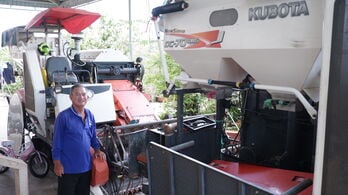 | 'Gold mine' in the 'alum navel' - The story of Dong Thap Muoi: Billionaire farmer (Part 3) Starting from scratch, being sharp in production and joining hands to build the homeland... are common points of good farmers and businessmen in the province's rural areas. |
Le Ngoc - Huynh Phong
Source: https://baolongan.vn/vua-vang-noi-ron-phen-cau-chuyen-cua-dong-thap-muoi-huong-den-phat-trien-ben-vung-bai-cuoi--a195915.html


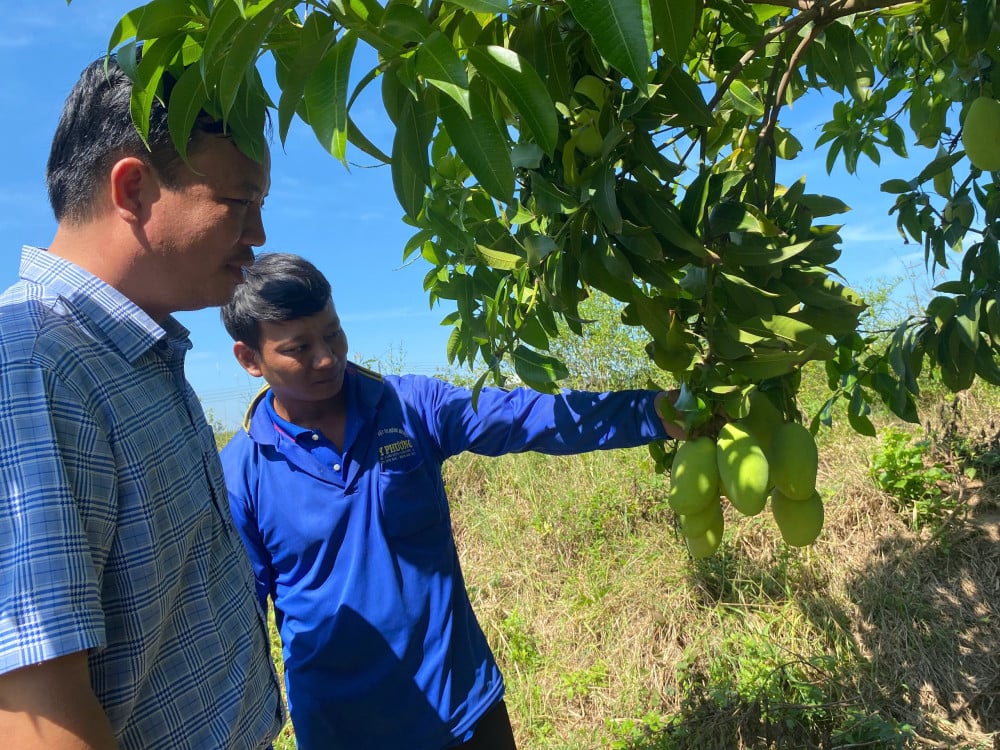
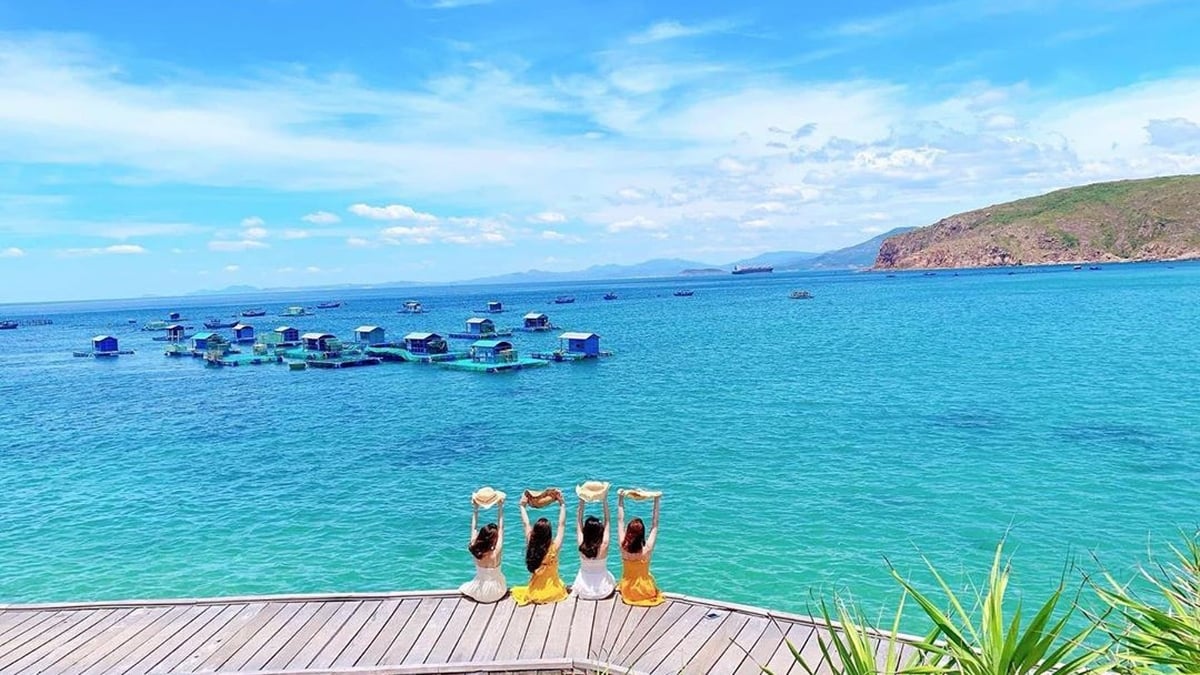
![[Photo] Official welcoming ceremony for French President Emmanuel Macron and his wife on a state visit to Vietnam](https://vphoto.vietnam.vn/thumb/1200x675/vietnam/resource/IMAGE/2025/5/26/a830702ef72f455e8161b199fcefc24d)


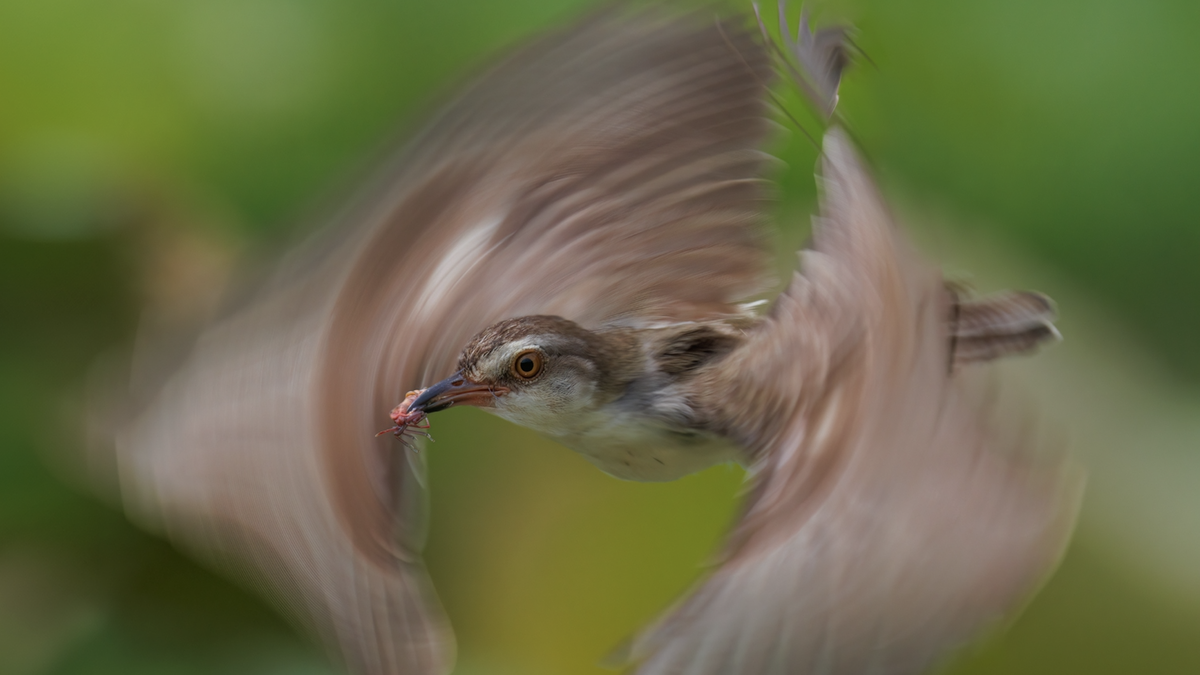
![[Photo] Pink ball and table tennis](https://vphoto.vietnam.vn/thumb/1200x675/vietnam/resource/IMAGE/2025/5/26/d9f770bdfda243eca9806ea3d42ab69b)
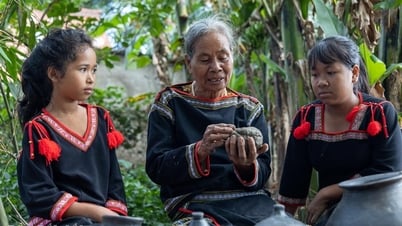

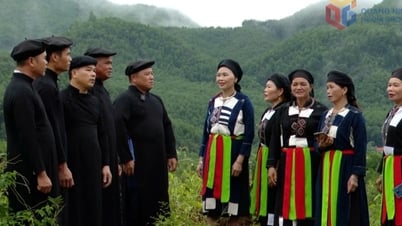






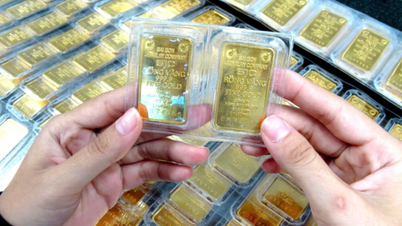





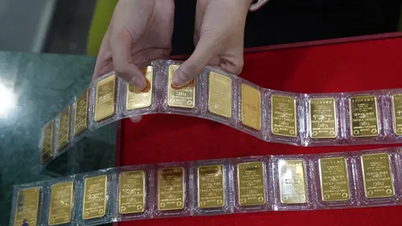
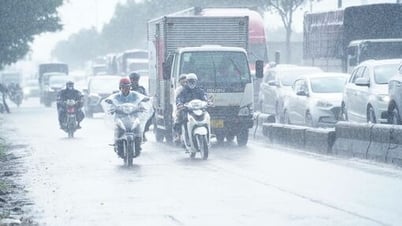
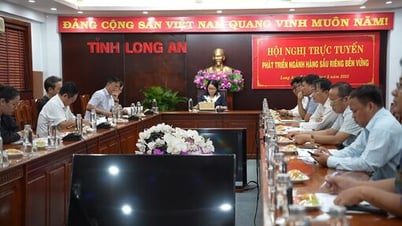

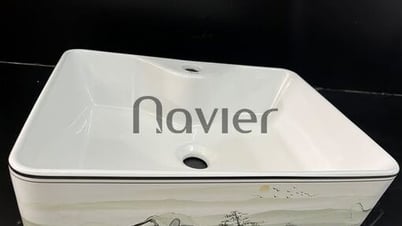
![[Photo] Ea Yieng commune settlement project abandoned](https://vphoto.vietnam.vn/thumb/1200x675/vietnam/resource/IMAGE/2025/5/25/57a8177361c24ee9885b5de1b9990b0e)

![[Photo] French President Emmanuel Macron and his wife begin state visit to Vietnam](https://vphoto.vietnam.vn/thumb/1200x675/vietnam/resource/IMAGE/2025/5/25/03b59c7613144a35ba0f241ded642a59)

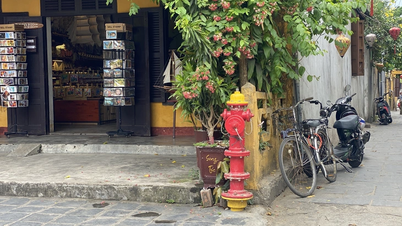

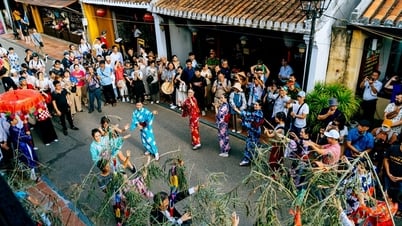








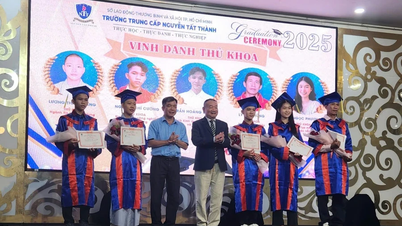









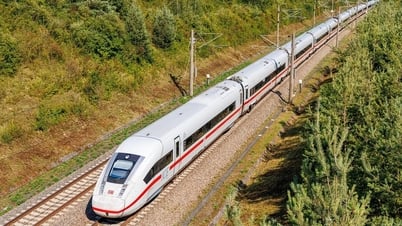

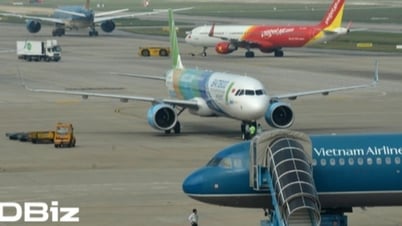
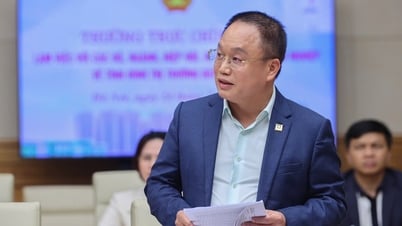

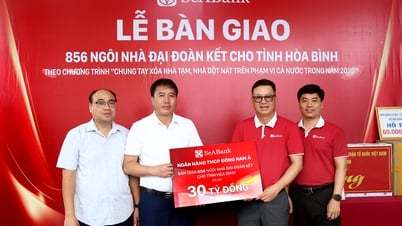
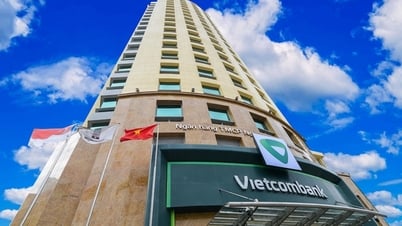





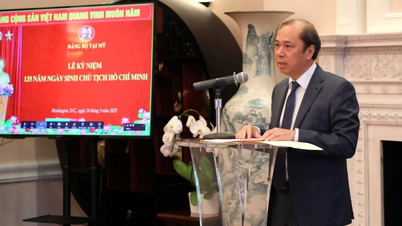
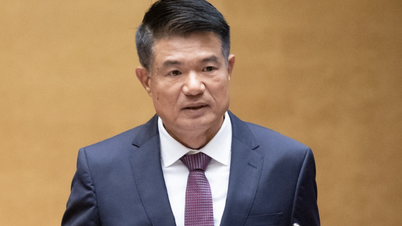

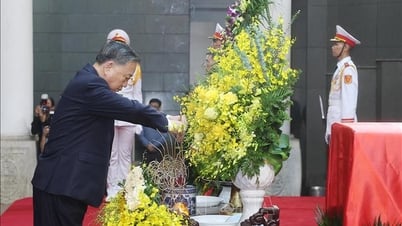

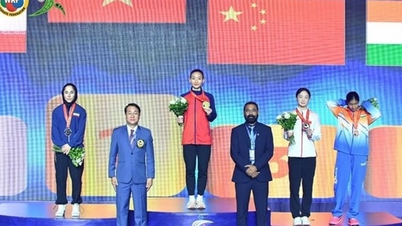





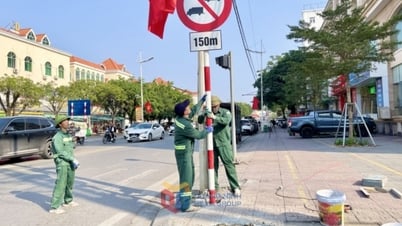
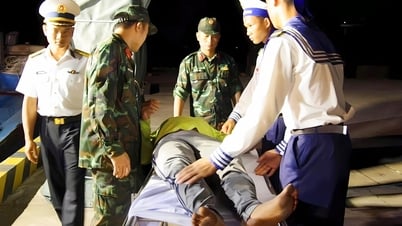

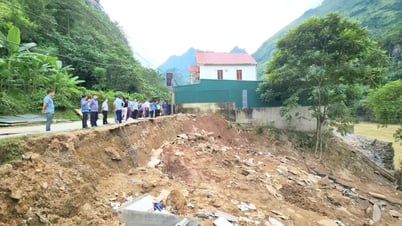

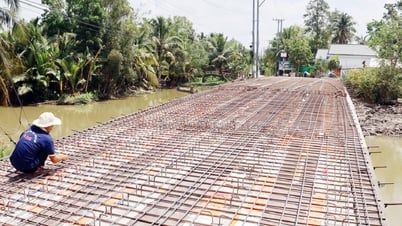
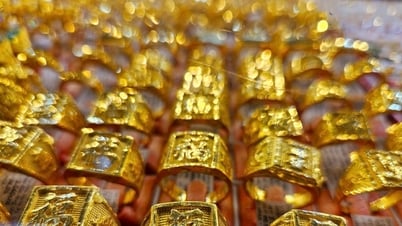

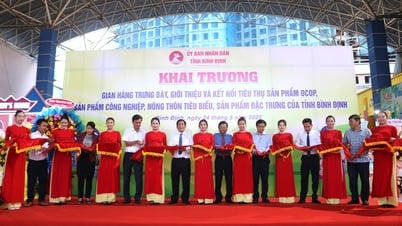

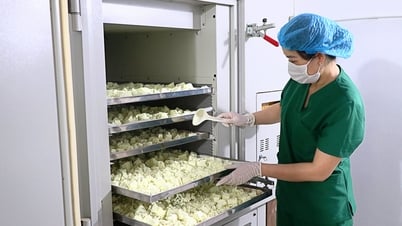









Comment (0)